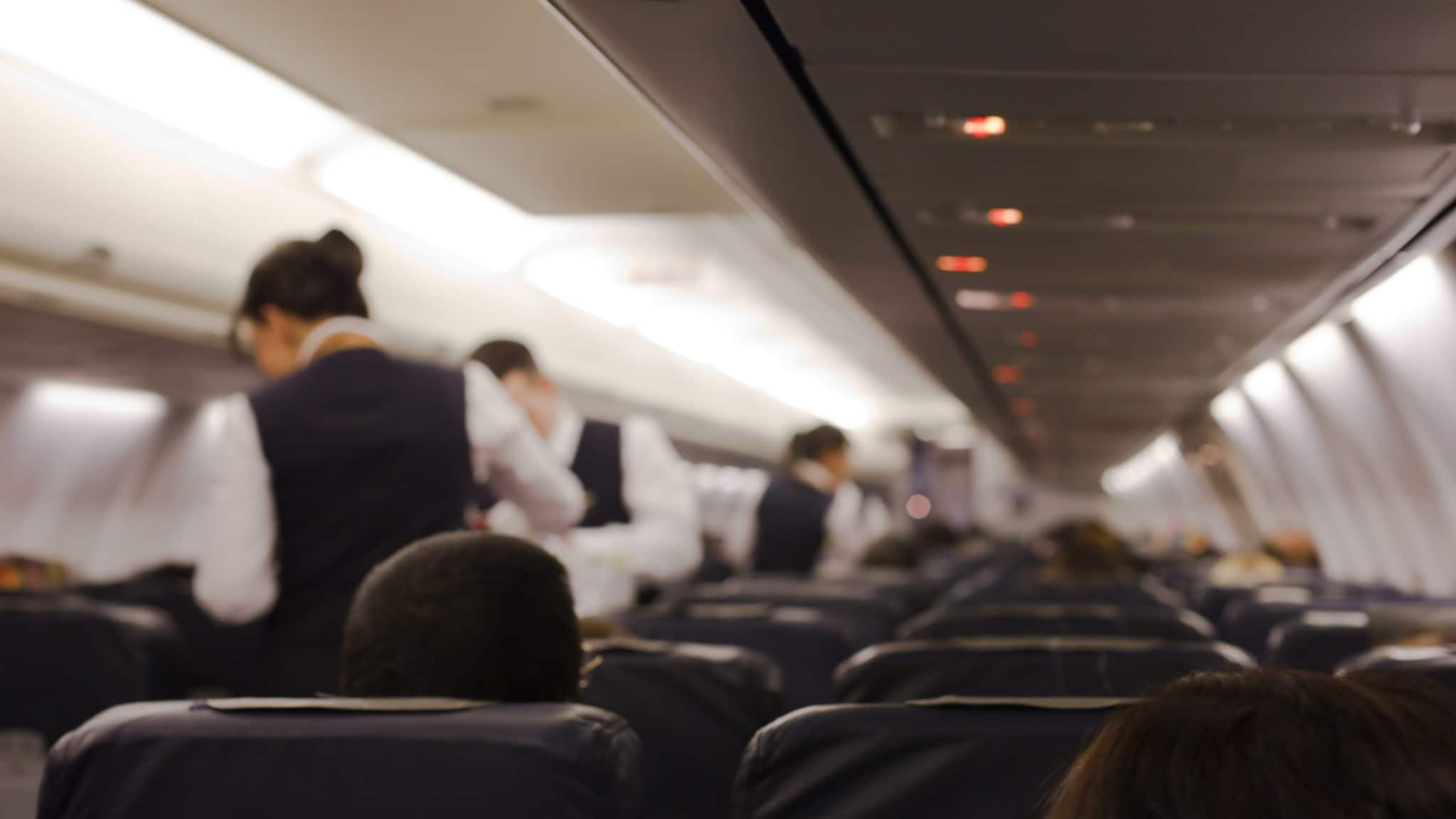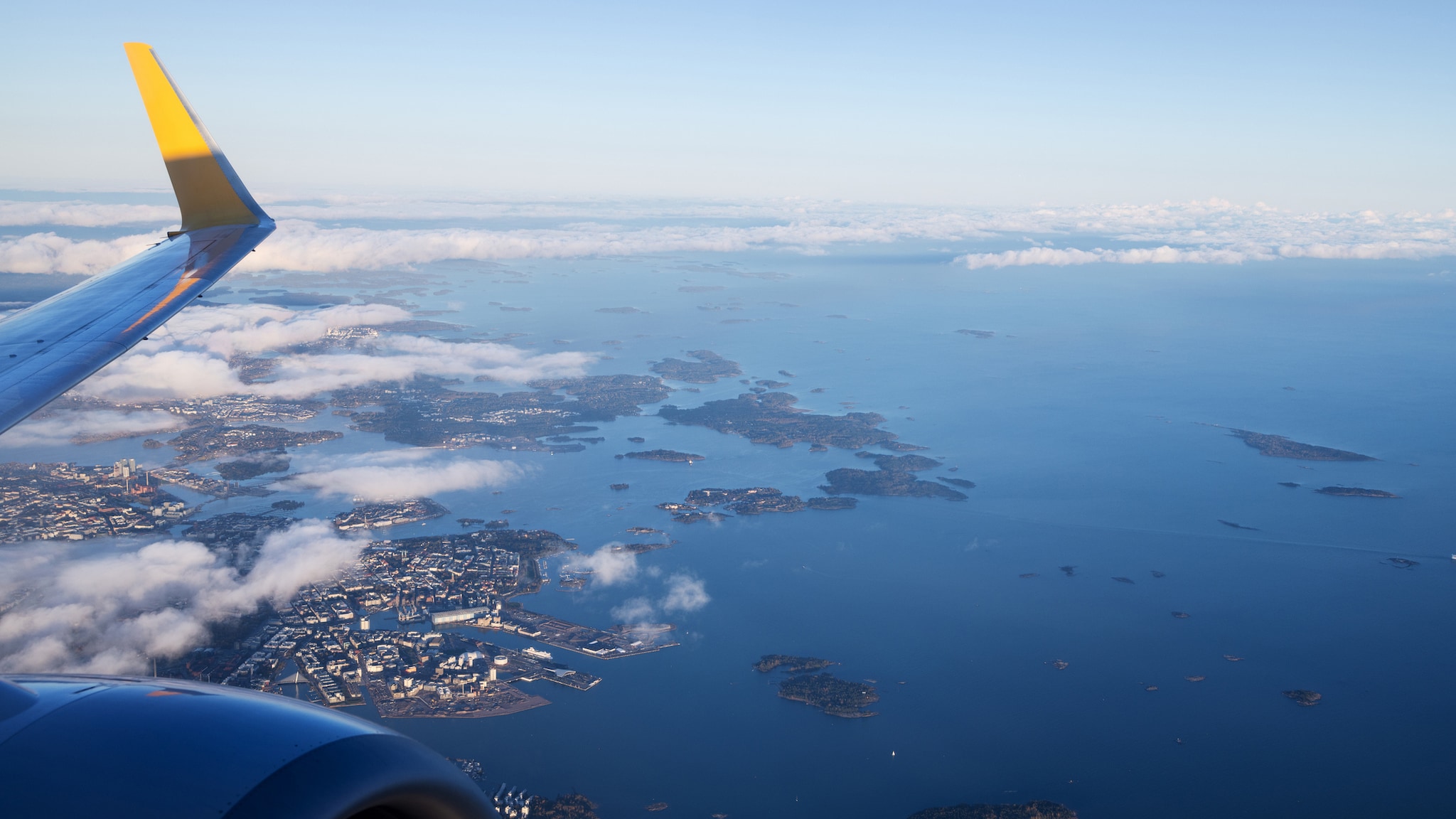Key points
- Aircrew and passengers are exposed to cosmic ionizing radiation on every flight.
- Cosmic ionizing radiation (or cosmic radiation) is a form of radiation that comes from outer space.
- We don't know what levels of cosmic radiation are safe for every person.

Overview

Cosmic ionizing radiation (or cosmic radiation) is a form of ionizing radiation that comes from outer space. A very small amount of this radiation reaches the earth. At flight altitudes, passengers and crewmembers are exposed to higher levels of cosmic radiation.
Radiation exposures on aircraft include:
- Cosmic radiation, which is always present
- Solar particle events, sometimes called "solar flares"
Known effects
The World Health Organization (WHO) International Agency for Research on Cancer (IARC) says that ionizing radiation causes cancer in humans. Ionizing radiation is also known to cause reproductive problems. For flight attendants, a NIOSH study found that exposure to 0.36 millisieverts (mSv) or more of cosmic radiation in the first trimester may be linked to increased risk of miscarriage.
NIOSH is looking more specifically at whether cosmic ionizing radiation is linked to cancer and reproductive problems.
Most studies of radiation health effects have looked at groups with much higher radiation doses from different kinds of radiation (atomic bomb survivors; patients who received radiation therapy).
What you can do
Bidding for a flight schedule to reduce cosmic radiation exposure is complicated, because reducing one exposure may increase another. Seniority, lifestyle, and personal issues also affect the ability to make these choices. Here are some actions you can consider.
Try to reduce time working on very long flights, flights at high latitudes, or flights which fly over the poles. These are flight conditions or locations that tend to increase the amount of cosmic radiation crewmembers are exposed to. You can calculate your usual cosmic radiation exposures. The Federal Aviation Administration (FAA) CARI program website allows you to enter information to estimate your effective dose from cosmic radiation (not solar particle events) for a flight.
Pregnancy
If you are pregnant or planning a pregnancy, it is important to consider your work exposures, including cosmic radiation. If you are pregnant and aware of an ongoing solar particle event when you are scheduled to fly you may want to consider trip-trading or other rescheduling actions if possible.
Also, although flying through a solar particle event doesn't happen often, a NIOSH and National Aeronautics and Space Administration (NASA) study found that a pregnant flight attendant who flies through a solar particle event can receive more radiation than is recommended during pregnancy by national and international agencies.
NIOSH has estimated that pilots fly through about 6 solar particle events in an average 28-year career. Avoiding exposure to solar particle events is difficult because they often happen with little warning. You can find out whether a solar particle event is currently active through this source: The National Oceanic and Atmospheric Administration (NOAA) Space Weather Prediction Center's Aviation Community Dashboard includes a forecast for solar particle events.
Resources
- National Aeronautics and Space Administration: What is space radiation
- See the NIOSHTIC-2 database search results on cosmic radiation exposure. NIOSHTIC-2 is a database of occupational safety and health publications funded in whole or in part by NIOSH.
If you have safety and health questions about your job contact CDC-INFO.
